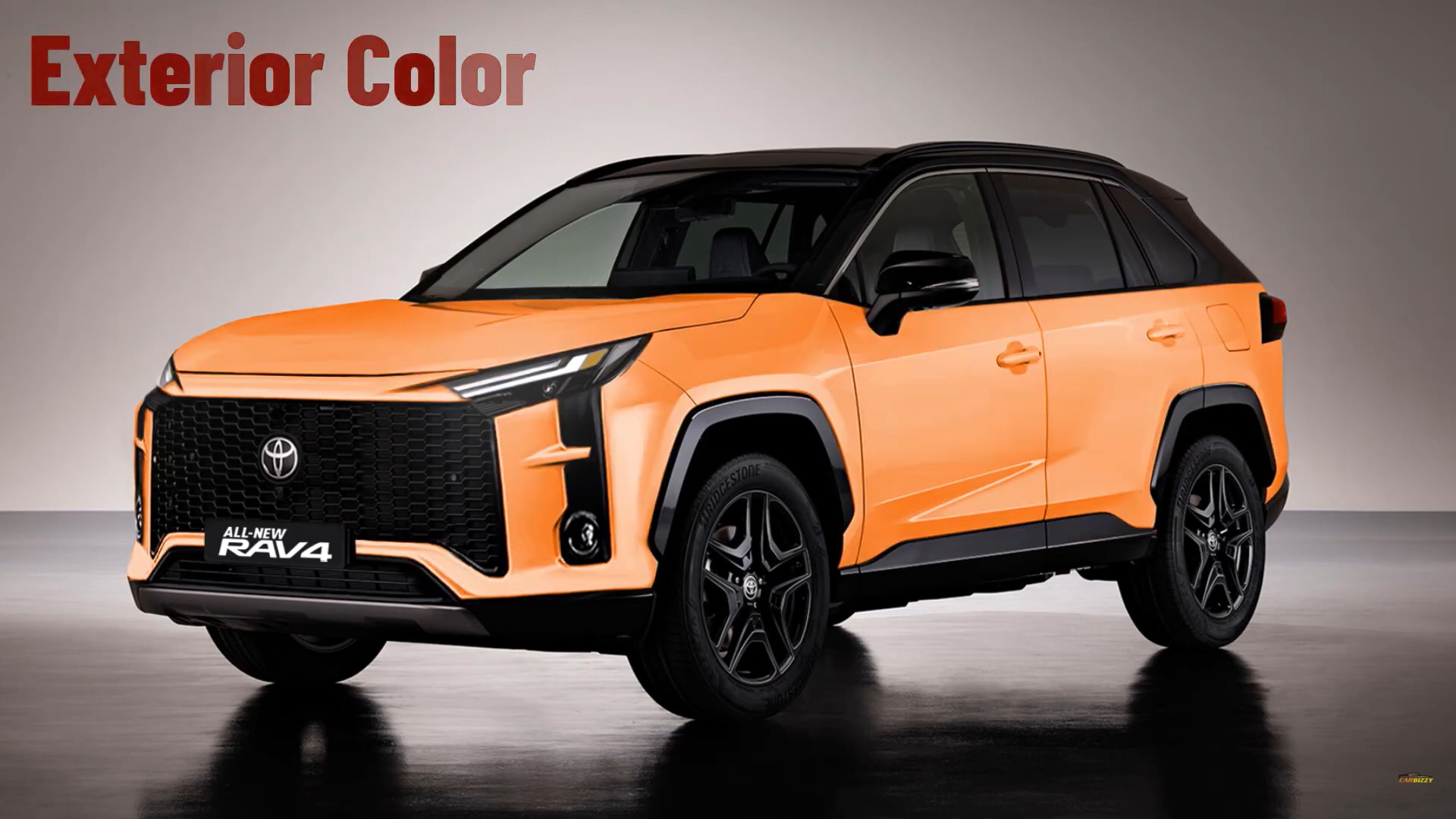Off-roading is more than just a hobby; it’s a lifestyle that combines adventure, exploration, and the thrill of the great outdoors. For many, the Toyota Tundra stands out as a top choice when it comes to off-road vehicles. Its robust construction, powerful engine options, and roomy interior make it a versatile companion for any off-road journey. However, to truly harness the capabilities of your Tundra in rugged terrains, proper equipment and modifications are essential. This article will guide you through the steps to equip your Toyota Tundra for off-road adventures.
Understanding Your Tundra’s Off-Road Capabilities

Before diving into modifications, it’s crucial to understand what your Toyota Tundra can do right off the bat. The Tundra is known for:
- Powerful Engine Options: With V8 engines offering robust torque, the Tundra is designed to tackle tough terrains.
- Four-Wheel Drive (4WD) Systems: Many Tundra trims come equipped with 4WD, enhancing traction on slippery or uneven surfaces.
- High Ground Clearance: This feature helps navigate obstacles without damaging the vehicle.
Understanding these features lays the groundwork for knowing what additional modifications you may need.
Step 1: Assessing Your Off-Road Needs
Before making any modifications, consider the type of off-roading you plan to do:
- Rock Crawling: Requires heavy-duty enhancements and off-road tires.
- Sand Dunes: May necessitate lighter vehicles with specialized sand tires.
- Mud Trails: Focus on tires with good traction and a robust suspension system.
By assessing your off-roading needs, you can tailor your modifications to suit your adventures.
Step 2: Upgrading Your Suspension System

A well-equipped suspension system is vital for a smooth ride over uneven terrains. Upgrading your suspension can improve ground clearance and overall vehicle performance. Here are some options:
- Lift Kits: Consider a 2- to 6-inch lift kit to enhance ground clearance and approach angles.
- Shock Absorbers: High-performance shocks can provide better handling and comfort on rough trails.
- Coil Springs: Upgraded coil springs can handle heavier loads and improve ride quality.
For instance, a case study from Off-Road Magazine reported that Tundra owners who installed a 3-inch lift kit experienced a 25% increase in off-road capability, allowing them to navigate steeper inclines with ease.
Step 3: Selecting the Right Tires
The right tires can make or break your off-roading experience. Here’s what to consider:
- Tread Patterns: Look for aggressive tread patterns that provide better traction in mud, sand, and rocky terrains.
- Tire Size: Upgrading to larger tires can improve ground clearance and approach angles.
- All-Terrain vs. Mud-Terrain: Choose all-terrain tires for versatility or mud-terrain tires for specialized muddy conditions.
Statistics from Tire Rack show that off-road tires can increase traction by up to 40%, significantly impacting your vehicle’s performance in challenging conditions.
Step 4: Enhancing Recovery Gear

Even the most equipped vehicle can get stuck. Having the right recovery gear is essential:
- Winch: A front-mounted winch can help pull your Tundra out of tough spots.
- Recovery Straps: Lightweight and durable, these are crucial for pulling out stuck vehicles.
- Shovels: A compact folding shovel can be invaluable for clearing mud or snow.
According to a survey by Overland Journal, 70% of off-road enthusiasts reported that having proper recovery equipment made them feel more confident on trails.
Step 5: Installing Skid Plates

To protect your Tundra from damage, especially when navigating rocky terrains, installing skid plates is a wise investment:
- Aluminum Skid Plates: Lightweight and resistant to rust, these provide a good balance of protection and weight.
- Steel Skid Plates: Offering higher durability but at a heavier weight, these are best for serious rock crawling.
Many Tundra owners have reported that installing skid plates dramatically reduced the frequency of undercarriage repairs, especially after challenging off-road excursions.
Step 6: Adding Off-Road Lighting
When venturing off the beaten path, visibility is crucial, especially at night. Here’s how to enhance your lighting:
- LED Light Bars: Mounting a light bar on the roof or bumper can illuminate the trail ahead.
- Fog Lights: These can help cut through mist or rain, improving visibility in adverse conditions.
- Rock Lights: Installing these can provide illumination under the vehicle and help avoid obstacles.
Statistics from the National Off-Road Association indicate that proper lighting can increase nighttime off-roading safety by up to 60%.
Step 7: Equipping for Comfort and Convenience

Long off-road trips can be tiring, so ensuring comfort is essential:
- Upgraded Seats: Consider investing in aftermarket seats for better support and durability.
- Storage Solutions: Roof racks and bed organizers can help keep your gear secure and accessible.
- Navigation Equipment: GPS systems designed for off-road use can help you find your way in remote areas.
A study by Adventure Journal found that 85% of off-roaders prioritize comfort features, leading to a more enjoyable experience on long trips.
Conclusion: Preparing for Your Off-Road Journey

Equipping your Toyota Tundra for off-road adventures is an exciting process that enhances both capability and enjoyment. By assessing your needs, upgrading your suspension, selecting the right tires, enhancing recovery gear, installing skid plates, improving lighting, and ensuring comfort, you can transform your Tundra into a formidable off-road vehicle. Remember, preparation is key to a successful adventure. The right modifications not only protect your vehicle but also enhance your experience as you explore the great outdoors. So gear up, hit the trails, and enjoy the thrill of off-roading with your Toyota Tundra!




